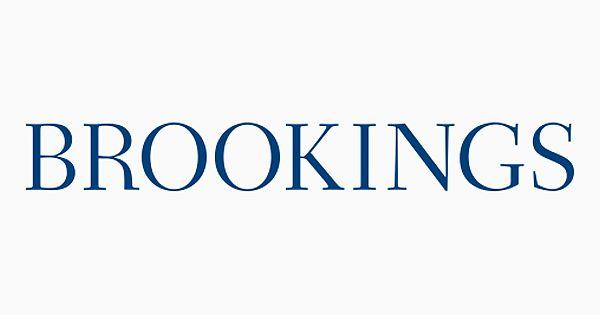As studies continue to show the need to improve the teacher pipeline to include a more diverse audience, researchers see the potential for significant benefits on the growing population of diverse students in K-12 institutions.

Brookings has been studying and reporting on minority underrepresentation among educators for more than a year through its Teacher Diversity in America project. It has reported on the importance of a diverse teaching force, ways to measure diversity, and strategies to attract and retain minorities to the teaching profession.
Gaps in the teacher workforce
In one of the reports, Brookings cites a study from the Urban Institute that found just over half of American children aged 5 to 17 were white, while nearly 80% of young teachers (defined as age 25 to 34) were white. In comparison, African American children made up 13% of all students, while only 8% of young teachers were African American. The data, based on the 2015 American Community Survey, also found Hispanic students comprise around 24 percent of all school-aged children, while Hispanic teachers represent only around 9 percent of all young teachers.
While Michigan does not look specifically at young teachers, state demographics show the percentage of racial and ethnic minorities growing in the student population, to 33.4% in 2016-17, while the percentage of minority teachers has fallen over the past five years, to 8.4%.
This data poses questions: Where do the gaps emerge in the teacher pipeline? And how can schools ensure their teaching staff reflects the diversity of their students?
A shortage in the pipeline
The Brookings report starts by uncovering racial disparities in high school graduation rates: “In 2015, 94% of white young adults graduated from high school and smaller fractions of black (89 percent) and Hispanic (76 percent) young adults had high school diplomas.”
That imbalance grows when looking further down the road, to college degree attainment. “Forty percent of white young adults held bachelor’s degrees, but only 21 percent of black young adults and 16 percent of Hispanic young adults held bachelor’s degrees.” With large gaps in degree attainment at a bachelor’s degree level — a requirement to become a teacher — it will be much harder to achieve parity.
Strategies to increase ranks of minority teachers
There has been success in attracting a diverse teaching force through alternative pathways to teacher certification. These programs recruit people currently working in or alongside the school system in different capacities, such as paraprofessionals, parents and community members. One program in Illinois has helped 120 participants complete a traditional bachelor’s degree in teaching – 51% were African American, 37% Latino and 68% had dependents. The program emphasizes the need for “highly effective, culturally competent teachers who, once they are hired, will stay.”
The emphasis on getting teachers to stay raises the importance of retention for minority teachers. Slate notes that minority teachers leave the field at higher rates than their white counterparts. This may be partly due to feelings of isolation and feeling misunderstood in their schools, in addition to being more likely to be assigned to high-poverty, low-performing, high-turnover schools.
Another report by Brookings argues that an additional diversity gap, among school leadership, should be addressed as a way to draw young people of color to teaching careers. “In other words, diverse teachers are the direct inputs into a diverse pool of school leaders. Once they lead, they promote diverse teachers.”
But why is it important to have same-race teachers?
Until recently there was a shortage in research on the effects of exposure to same-race teachers on longer run outcomes. However, a 2018 paper by the National Economic Bureau of Research demonstrated that if a black male student has at least one black teacher in grades 3-5, he is significantly less likely to drop out of high school and more likely to sit for a college entrance exam.
Similar results were demonstrated in multiple settings, using multiple research designs. One of the studies, Project Star in Tennessee, found that a year with a same-race teacher increased math and reading scores by 3 to 4 percentage points. For white students, having a teacher of a different race helps build social trust among different cultures and creates a wider sense of community for the student.
The evidence suggests a diverse teaching staff can provide all students in the classroom with a beneficial learning experience.


